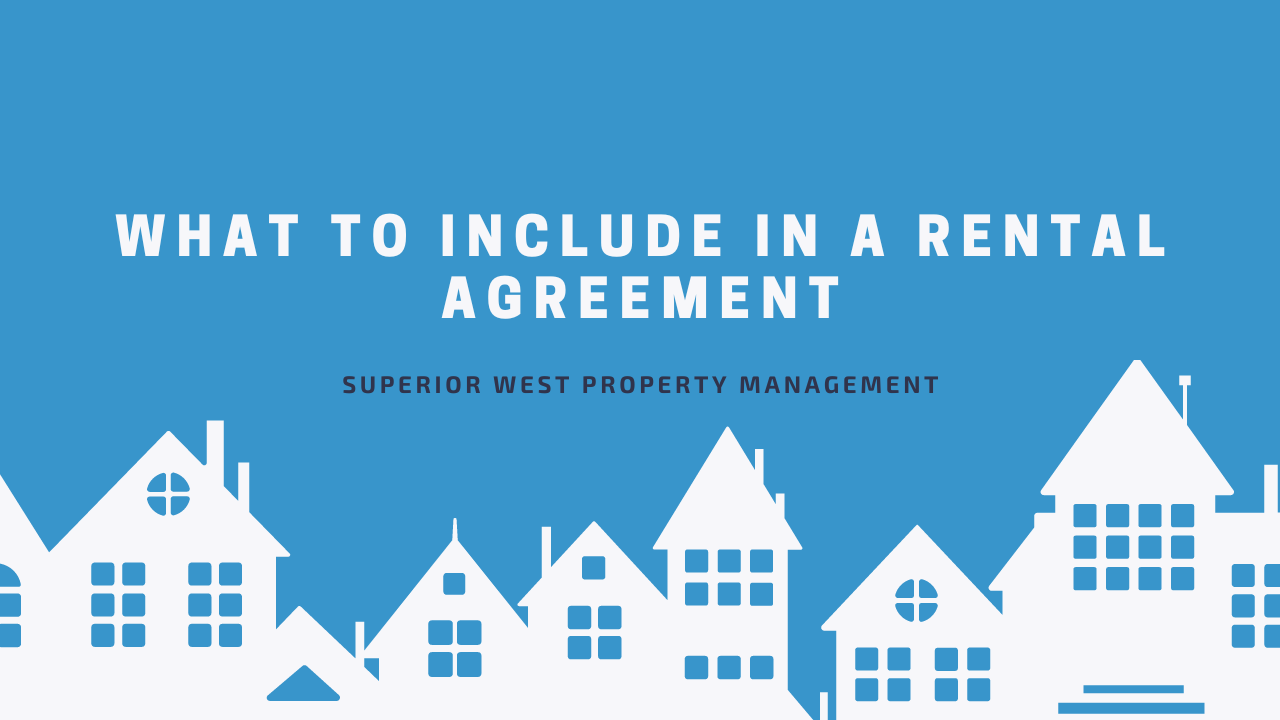What to Include in a Rental Agreement
A lease agreement is a written contract, stating all of the rules both landlord and tenant must abide by throughout the tenancy. It’s highly recommended to have one, as handshake deals can lead to all kinds of complications down the road.
A lease is legally binding, meaning that, as a landlord, you may be able to take legal action against a tenant who fails to keep up with the rules, such as failing to pay rent on time, or otherwise not abiding by the terms of the lease agreement. But this agreement benefits tenants, too. They get to enjoy peace of mind knowing what they have agreed on won’t usually change during the tenancy period.
With that in mind, a rental lease can only be effective if it contains certain basic terms. The following are the clauses that you shouldn’t miss to include in the agreement.
Names Of All Adult Occupants
Make every adult occupant living on the property legally responsible for abiding by all the lease terms. This should include both the married and unmarried couples living on the property. This will make it easy for you to enforce the terms of the agreement on every tenant.
In case of late rent payment, it means that you could legally seek it from either of the tenants. You may also be able to evict both tenants from the unit should either of them violate the lease.
Occupancy Limits
The last thing you want is for unauthorized strangers to occupy your rental property. Unvetted occupants have not passed your meticulous screening process, putting your property at risk. However, tenants are allowed to have visitors and guests, and this is not something you can disallow.
What you can, however, do as a landlord is limit the number of days a guest can live in the unit. Ideally, only allow tenants to have guests no more than 14 days in a six-month period.
This will ensure that you limit the number of occupants who can live in the unit at any one particular time. The clause will also give you a legal right to evict a tenant who violates it.
Length of Tenancy
Don’t assume that tenants automatically know when they need to move out. The rental agreement should specifically state the exact date the tenancy will end. This is especially true with fixed-term leases. For instance: “The lease term is from June 1st, 2024, to May 31st, 2025.
Also let the tenant know whether there is a renewal option after it expires.
Specifying the length of tenancy helps prevent holdover tenant issues once the term has expired. This is a situation where a tenant refuses to leave after their lease is up. This can prove to be a stressful situation to handle, as you can’t just force the tenant out by using uncouth methods such as:
- Locking them out of the unit.
- Removing their personal belongings from the unit.
- Shutting down their utilities.
To evict them, you’ll need to follow the proper eviction process as outlined under CA Civil Code 1940-1954.06. From start to finish, the eviction process can take at least 45 days.
Rent Details
Along with the exact dollar amount of the rent, include these important details in your lease/
- When the rent becomes due. This is usually the first day of the month.
- Method rent payment. In California, landlords must accept at least one form of payment besides cash or electronic funds transfer.
- The amount of grace period (if any).
- Amount of late fee (if any). There is no limit to how much you can charge, except that it must be reasonable.
Security Deposit Details
This is often a source of conflict between landlords and tenants, especially in regards to deductions. Conflicts usually arise when either of the parties disagrees on what constitutes normal wear and tear versus damage.
To avoid any confusion or legal hassles, make the clause as detailed as possible. Include details such as:
- Security deposit amount. In California, the maximum amount must not exceed the equivalent of one month’s rent.
- When the tenant can expect its return, less allowable deductions. The time limit for return is 21 days after the tenant moves out.
- Situations that can warrant deductions. For example, if the tenant fails to pay rent, or causes damage exceeding normal wear and tear.
- Normal wear and tear versus property damage. During the move-in inspection, point out specific areas where normal wear and tear is expected. For instance, fading of paint or minor scratches on the floor. Also, include specific definitions of what exactly constitutes normal wear and tear and damage in the rental agreement. Provide a few examples just for context.
Please note that you cannot charge your tenant any non-refundable deposits or fees in California.
Rental Repairs & Maintenance
This is also another area that you need to clarify to protect your property’s value and ensure tenant satisfaction.
First and foremost, as a landlord, you are responsible for providing the tenant with a habitable property. You must also make the requested repairs within a reasonable time. Specifically, you must carry them out within 30 days after getting proper notification.
That said, tenants, too, have certain responsibilities when it comes to keeping their rental units livable. Specify what exactly they need to do!
Conclusion
As a landlord, a rental agreement can make or break your rental investment. You need to make it as detailed (yet succinct) as possible to protect your investment interests. And this is where Superior West Property Management comes in!
We are a reliable and professional full-service property management company in Riverside, CA. From rental agreements, to rental repairs and maintenance, to tenant screening, and everything in between, you won’t have to worry about a thing. Get in touch to learn more!












